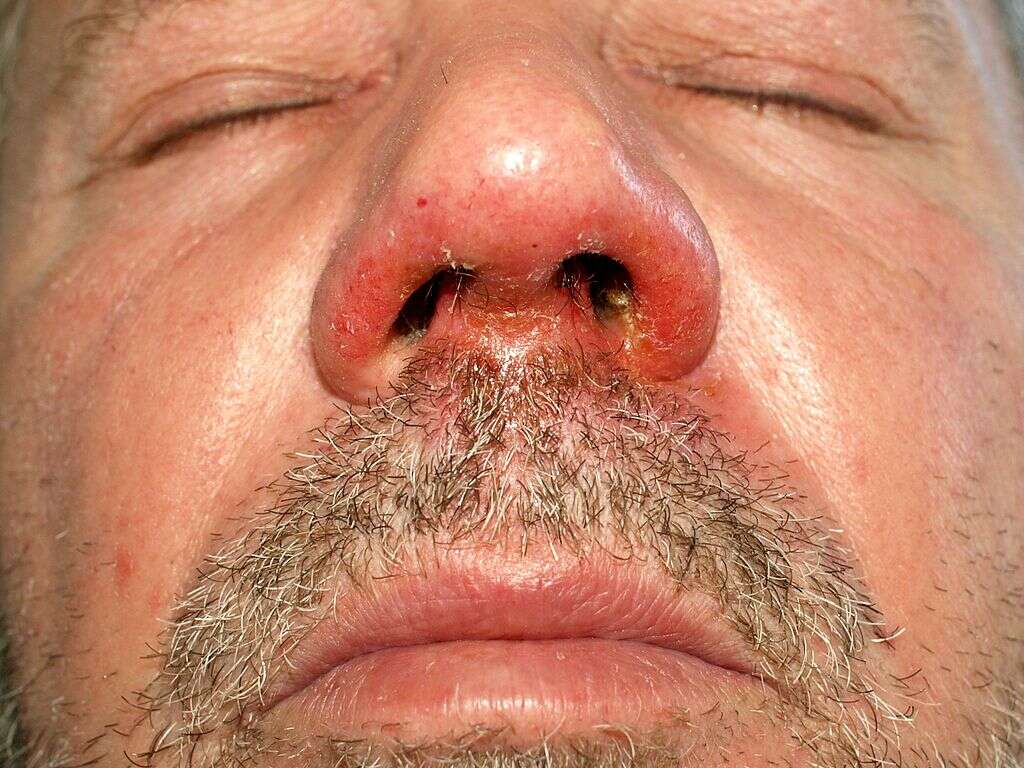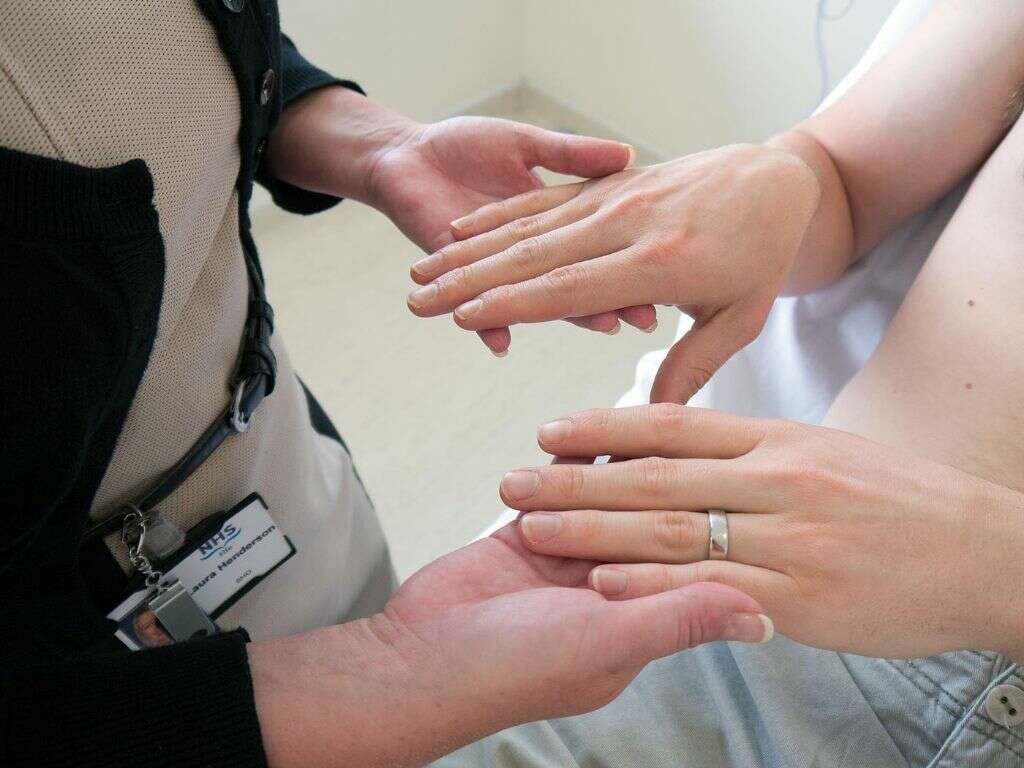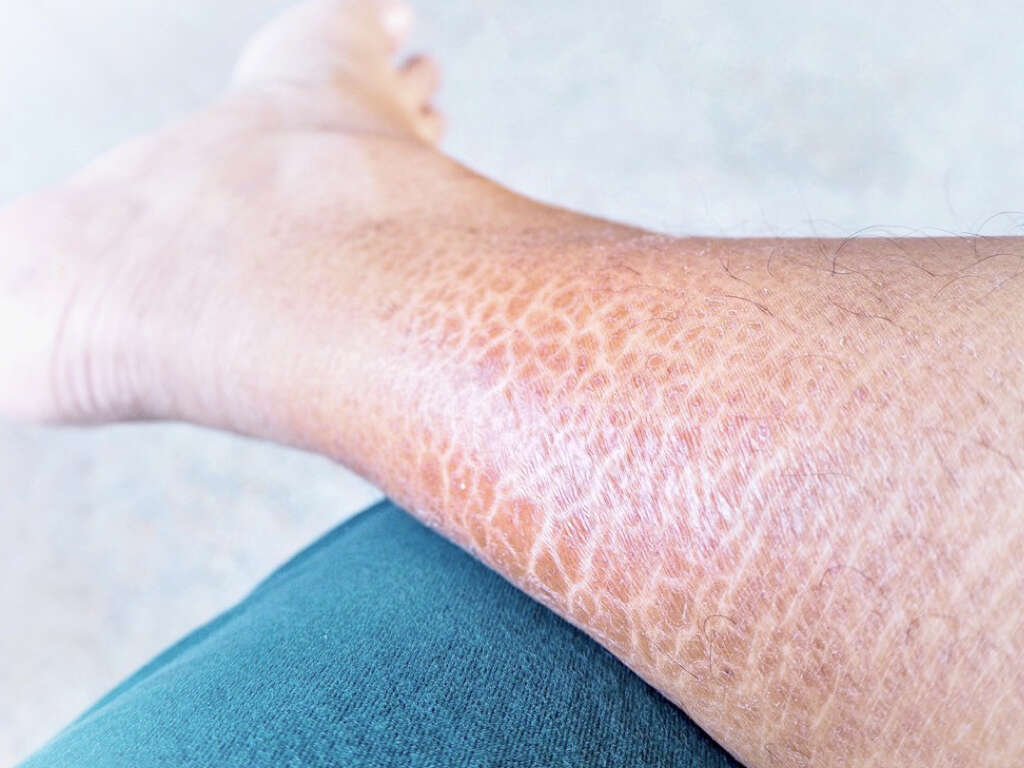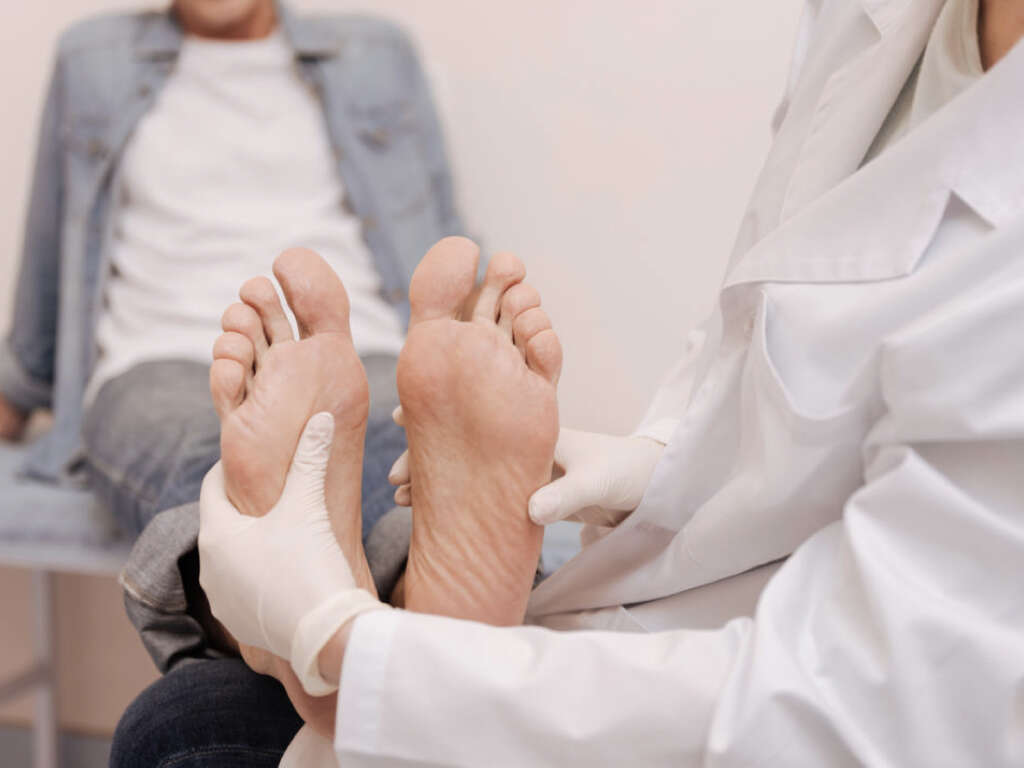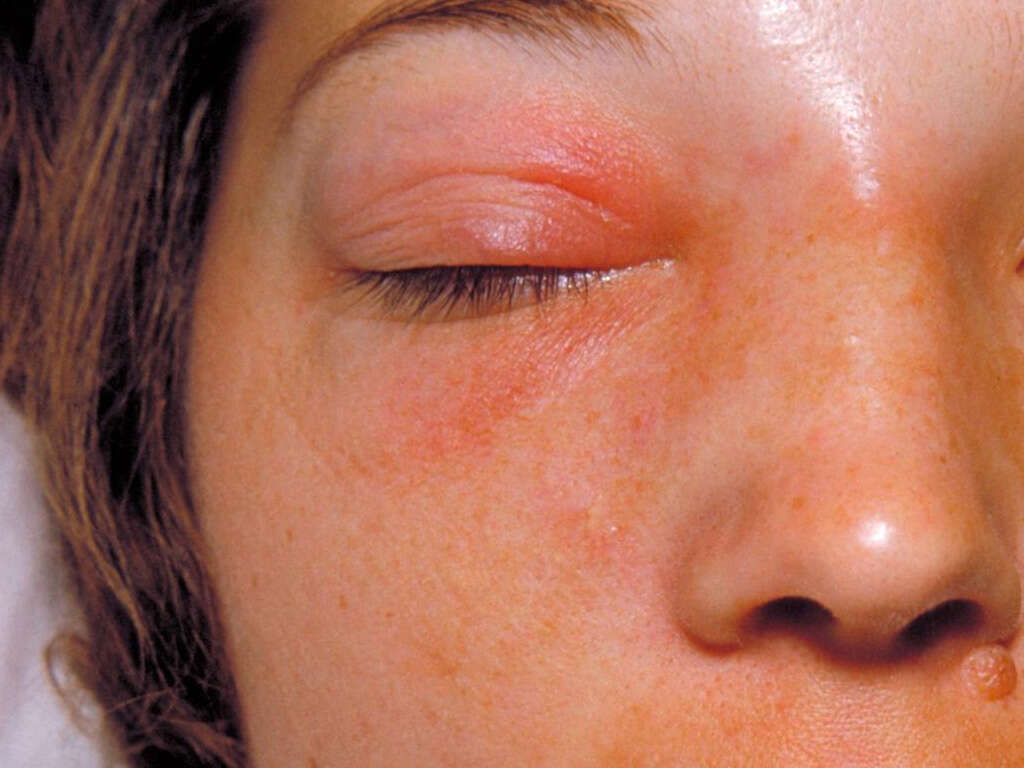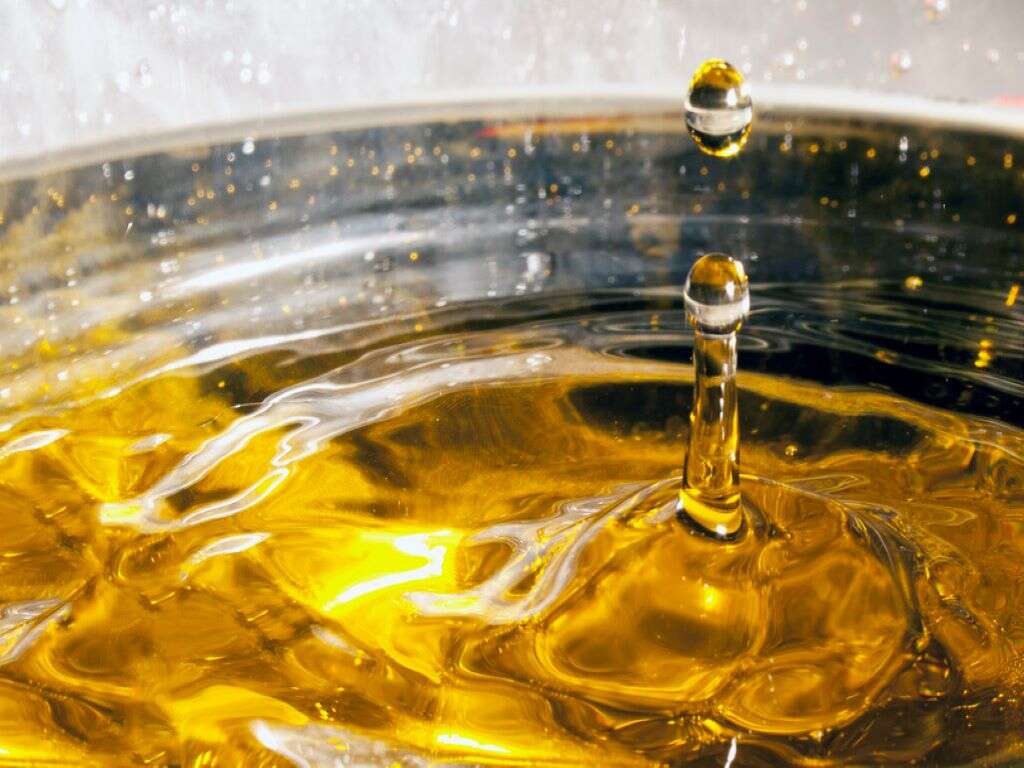Impetigo Causes, Symptoms & Treatments
Cause #2: Streptococcus Pyogenes
Streptococcus pyogenes is a round bacterium (cocci) that is Gram positive (retains the color of a special stain). It is part of a group of bacteria known as the group A streptococcus (GAS). It is also found in the nose and throat of some of the general population. As the name suggests, infections caused by this bacterium often form pus.
Like staphylococcus aureus, streptococcus pyogenes also takes advantage of breaks in the skin to invade and colonize the skin. S. pyogenes only causes the nonbullous variant, and remains the most common cause of nonbullous impetigo. This variant is the most contagious. Patients initially report a single red and inflamed lesion on the skin that rapidly evolves into a vesicle or pustule that ruptures. Finally, the released contents of the lesion dry and form a honey- colored exudate that ends up covering the erosion. Nonbullous impetigo spreads rapidly to contiguous areas or, through scratching, to distal areas (mostly face and extremities). Patients can also report inflammation of regional lymph nodes.
Advertisement
